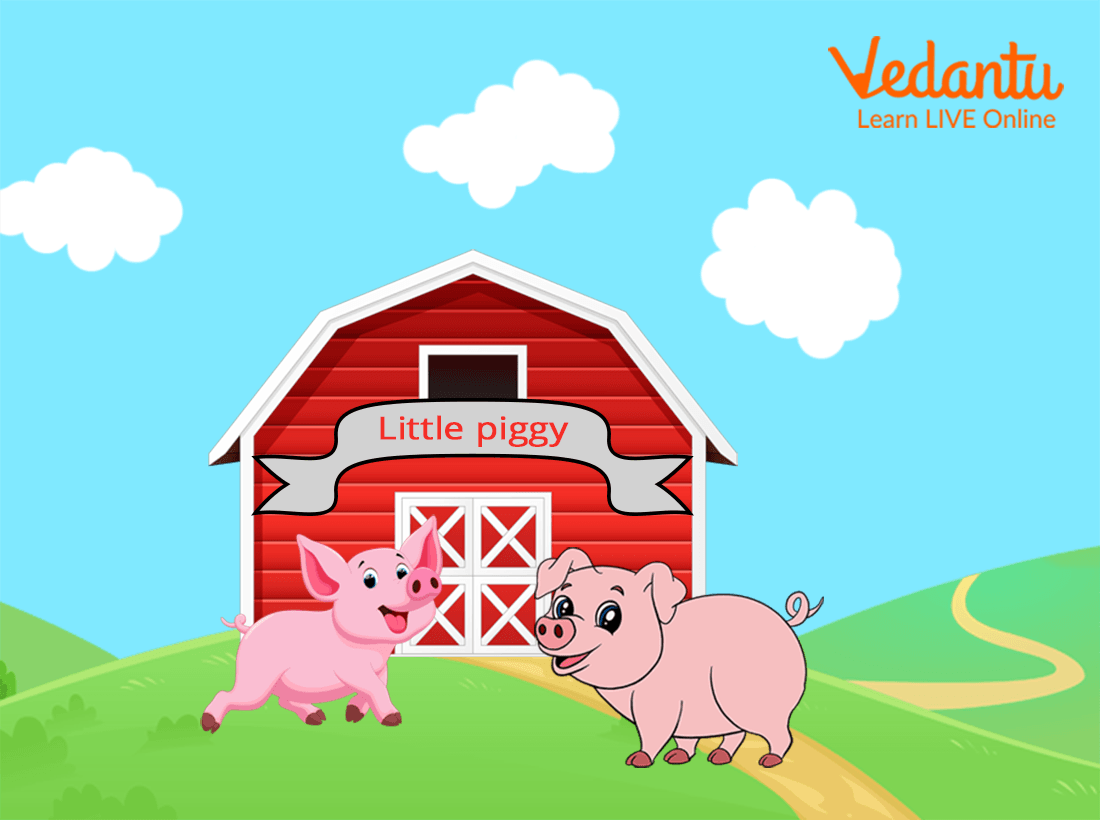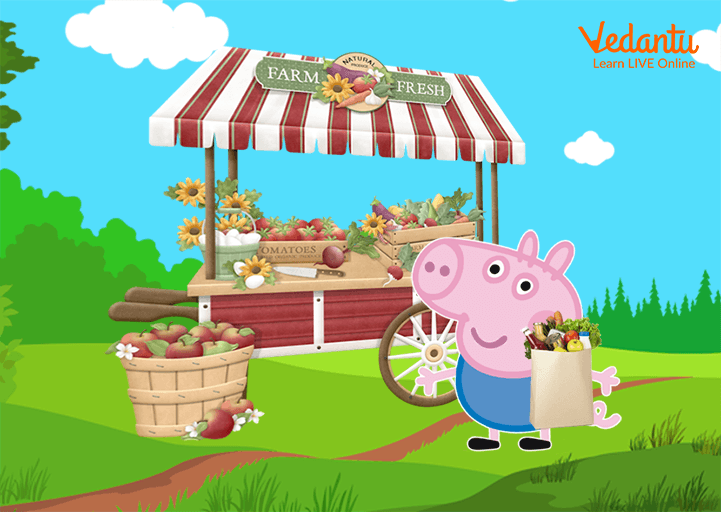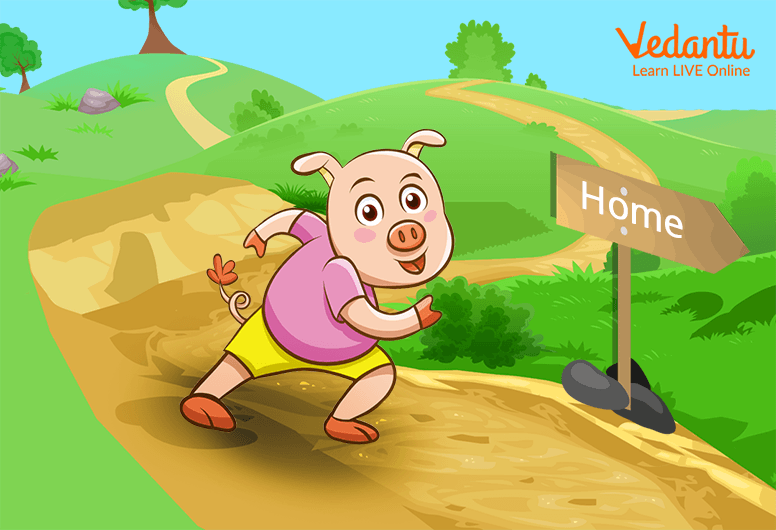This Little Piggy
The poem's main themes are happiness and dread. Pigs are the subject of the poem. The author describes how they are fed, cared for at home, and eventually, sold at the market. They are properly cared for. Some are sold, while others are able to flee the oncoming shadow of doom. When the pigs are tied up, the cry "wee, wee, wee" is commonly heard.

This Little Piggy
Origin of This Little Piggy
The first line of the rhyme was included in a medley called "The Nurse's Song" in 1728. The first full version was published in London around 1760 in The Famous Tommy Thumb's Little Story-Book. Many late 18th and early 19th century collections had the whole rhyme, with minor modifications. The lines used to allude to “little pigs” until the mid-twentieth century.

This little piggy went to the market
This Little Piggy Poem
This little piggy went to market,
This little piggy stayed home,
This little piggy had roast beef,
This little piggy had none.
This little piggy went …
Wee, wee, wee,
all the way home!

This little piggy went …all the way home!
Summary of This Little Piggy
Mother Goose, a famous fictitious creator of French fairy tales and many other classic nursery rhymes, wrote this nursery rhyme. It is well-liked because of its lighthearted subject matter. It initially appeared in The Famous Tommy Thumb's Little Story-Book in 1760. The poem tells the narrative of a pig who goes through a number of stages before being sold at a market. This poem can also be taught in the form of a fingerplay rhyme. Even after so many years, the poem remains popular, and it is still read and taught in many pre-school curricula around the world.
As a Representative of Wonder, "This Little Piggy": The lives of genuine farm pigs is depicted in this poem. This tiny piggy has been well fed and is ready to go to the market. The pig believes the visit is to purchase food for itself. It is, however, taken to the market and slaughtered before being sold as food. The sense of awe begins in the first line and continues throughout the poem. Despite the poem's grim origins, numerous interpretations exist. The reader cannot determine whether the small piggy's life is saved or if it is led to slaughter, but it feels safe in its thoughts.
Two other versions of the poem
First
This little piggy went to market,
This little piggy stayed home,
This little piggy had jam and bread,
This little piggy had none,
And this little piggy went crying all the way to town…
Second
This little piggy went to the market,
This little piggy stayed at home,
This little piggy had bread and butter,
This little piggy had clam chowder,
And this little piggy went wee wee wee, all the way home.


FAQs on This Little Piggy - A Nursery Rhyme
1. What are the lines and meaning of the nursery rhyme "This Little Piggy"?
Line by line meaning of “The Little Piggy”:
“This little piggy went to market”,
A pig does not go to the market to buy something; instead, it is slaughtered and sold in the meat area.
“This little piggy stayed home”,
Because not all pigs are ready to go to the market every week, the majority of them are left at home.
“This little piggy had roast beef”,
Pigs are omnivorous, so you may feed them table leftovers while fattening them up for the market. You can also save the fat and gristle from your roast beef to help them gain weight and fattiness.
“This little piggy had none.”
However, pigs are not fed before being sold so that the guts may be cleaned more easily.
“This little piggy went…
Wee, wee, wee,
all the way home!”
Some pigs presented for sale at the market are not sold, and they return home alive and squealing, whether they realise it or not.
2. What happened to the tiny piggy who went shopping?
This tiny piggy was sold to the slaughterhouse; his turn would come; he was forced to eat his cow companion to gain weight; he famished, and he cried in terror all the way home to await his fate.





